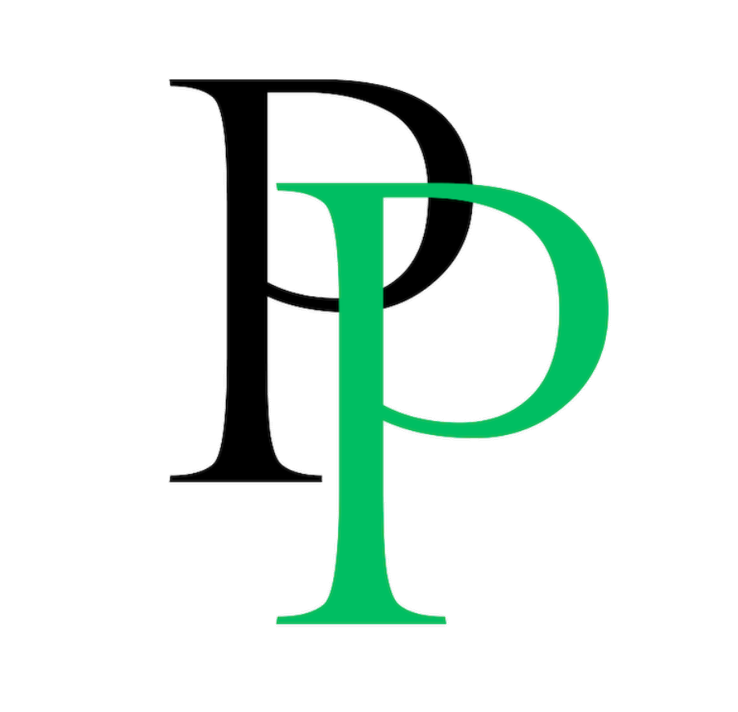During my Ph.D., I had the opportunity to sit in on a number of dissertation defense from other students. While many of them were the same, one stands out in particular. In this situation, a student was presenting the culmination of six arduous years of research. They dressed the part, their slides were on point, and they spoke openly and clearly. The problem? Soda.
In particular, a soda can. During their long nights in the lab, this colleague had picked up the habit of drinking soda…nothing inherently wrong w/ that. To calm their nerves, they had a can of soda before their presentation…no problem with that, either. However, when their talk started, they became nervous, and the empty soda can became their fidget toy.
For the entirety of their presentation, the student continued rolling the empty aluminum can between their palms *crickct! crickct! crickct!*. In turn, the noise caused the student to talk over the noise that they were producing, making everyone in the audience uncomfortable.
The truth is that distractions can come from anywhere. They can come from you (soda can!), they can come from the audience (coughing), or they can come from your environment (fickle batters in a remote projector control). But let’s talk about the one thing you can control: You.
Visual distractions
Presentations often make people nervous, and that’s okay. To reduce their nerves, presenters often resort to fidgeting, playing with some object in their hands. Let’s compare two different “fidget” objects: a laser pointer, and a pen. Similar in shape, the pen and laser pointer can both be used effectively to point at specific locations on your slide deck. Some pens make a “click!” noise, which can be just as distracting as an empty soda can. The laser pointer also has buttons, but in this case carelessness may result in accidentally lasing your audience. The point is that both must be handled with care.
Like any tool, pens and laser pointers can be a powerful way to enhance your message. However, if you’re not used to using a pen during your presentation, for instance, you may want to use pens during your practice presentations so it doesn’t become a distraction during your speech!
Verbal distractions
Keep in mind that nervous verbal ticks (“um”, “uh”, “like”, etc.) can be just as distracting as the inadvertent and repetitive *click!* of a pen. In fact, the verbal ticks can be worse because they disrupt the flow of the conversation and the communication of the point — something that is not suffered due to the pen’s click. Although verbal ticks can’t be eliminated overnight, constant practice (and confidence building!) can help eliminate nervous ticks, helping you form a fluid and coherent delivery of your message.
Technological distractions
Most of the time, technological distractions (like a flaky laser pointer) are out of our control…to some degree. If you’re able to get into the presentation venue beforehand, you may be able to test out the hardware you’ll be using to give your presentation. For instance, if you’re not able to use your own laptop, you may want to feel out the quirks of the computer provided to you to use. This is particularly important if you plan to use images, animations, or audio/video clips in your presentation — although these can be powerful additions to your message, it can bring your flow to a grinding halt if an image doesn’t load!
If you cannot get access to the venue before your presentation, it may be worth it to pack your own backup. For this reason alone, I always carry my own pen — not only is it useful in jotting notes and questions I receive from the audience, but I’m also able to practice with it on my own time. Something similar could be done with a laser pointer, assuming you keep an extra set of batteries on you as well!
Conclusion
As we’ve seen before, a proper streamlined presentation is based on practicing your material and becoming confident with your slides, your material, and your style. Practice as you plan to present.
Need a partner to help you practice? Present Proper is there for you! We provide custom 1-on-1 feedback and training to help you improve your presentation style, quality, and impact. We can even help you pick out the best pen to use during your next big meeting! And remember, if you find these tips helpful or you’d like to see specific content, please Subscribe to receive regular updates delivered to your inbox.
Present clearly. Present concisely. Present Proper.

